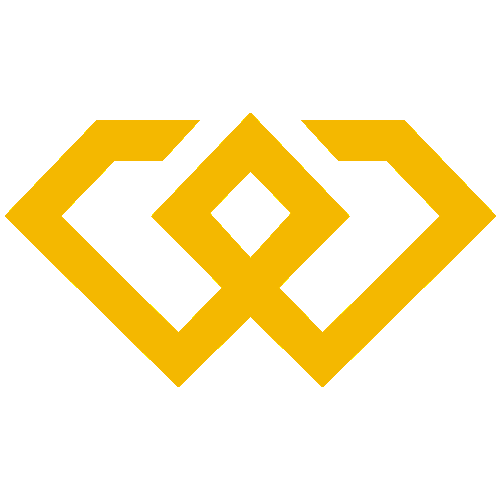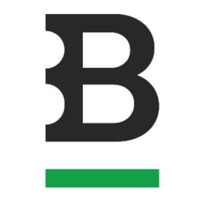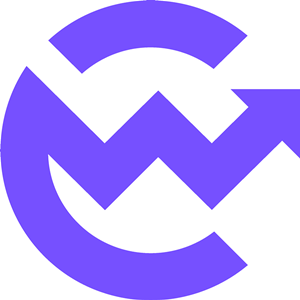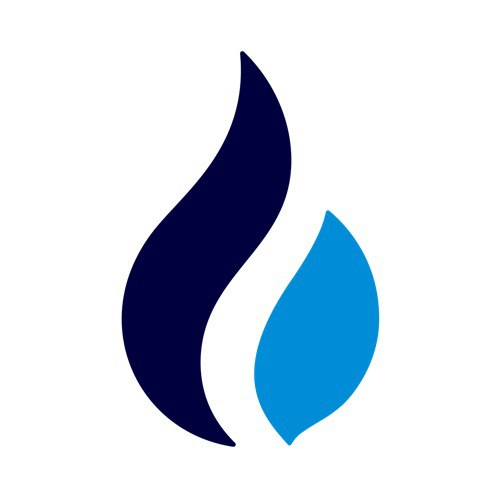
UMA
项目开始时间

2020年4月29日
关于
1. Background IntroductionUMA (Universal Market Access) is a decentralized financial contracts platform built on Ethereum. It enables users to create and manage synthetic assets and self-executing financial contracts. The project was founded in 2018 by Hart Lambur and Allison Lu, both with extensive backgrounds in traditional finance and blockchain technology. UMA aims to provide open and accessible financial infrastructure for global markets.2. Core Website ContentThe UMA website primarily focuses on three key areas: 1) The protocol's ability to create synthetic tokens representing real-world assets, 2) The decentralized oracle system called "Data Verification Mechanism" (DVM), and 3) The developer tools for building custom financial products. The site showcases use cases like yield dollar, cross-chain bridges, and prediction markets. It provides extensive documentation for developers and clear explanations for non-technical users.3. Technical FeaturesUMA's technology stack includes: 1) Ethereum smart contracts for financial product creation, 2) A unique oracle system that only resolves disputes rather than providing continuous price feeds, 3) Optimistic Oracle that assumes data is correct unless disputed, reducing gas costs, 4) Support for ERC-20 token standards. The platform emphasizes security through economic guarantees rather than purely technical solutions.4. Token EconomicsThe UMA token serves three main purposes: 1) Governance - token holders vote on protocol upgrades and parameters, 2) Collateral - used as backing for synthetic assets, 3) Dispute resolution - tokens are staked when challenging oracle data. The total supply is capped, with allocations for developers, investors, and community. Token utility is closely tied to platform usage and governance participation.5. Competitive ComparisonCompared to similar projects like Synthetix (focused on synthetic assets) or Chainlink (oracle services), UMA differentiates by: 1) Not requiring continuous oracle updates, reducing costs, 2) Offering more flexibility in contract design, 3) Emphasizing dispute resolution over prevention. However, it faces challenges in adoption against more established players with larger ecosystems.6. Risks and ChallengesKey risks include: 1) Smart contract vulnerabilities despite audits, 2) Limited adoption compared to competitors, 3) Regulatory uncertainty around synthetic assets, 4) Dependence on Ethereum's scalability solutions, 5) Potential liquidity issues for synthetic assets. The project must navigate these while maintaining its unique value proposition.7. Industry FutureUMA operates in the growing DeFi and synthetic assets space. Industry trends favoring decentralized finance, cross-chain interoperability, and institutional participation could benefit UMA. However, success depends on: 1) Developer adoption for building innovative products, 2) Maintaining security as TVL grows, 3) Differentiating from increasingly competitive oracle and synthetic asset projects.8. SummaryUMA presents an innovative approach to synthetic assets and financial contracts with its dispute-focused oracle system and flexible contract design. While facing significant competition and technical challenges, its unique architecture and strong founding team position it as an interesting project in the DeFi space. Success will depend on ecosystem growth, maintaining security, and navigating regulatory landscapes as the industry evolves. 更多>



























































 看多
看多
 看空
看空